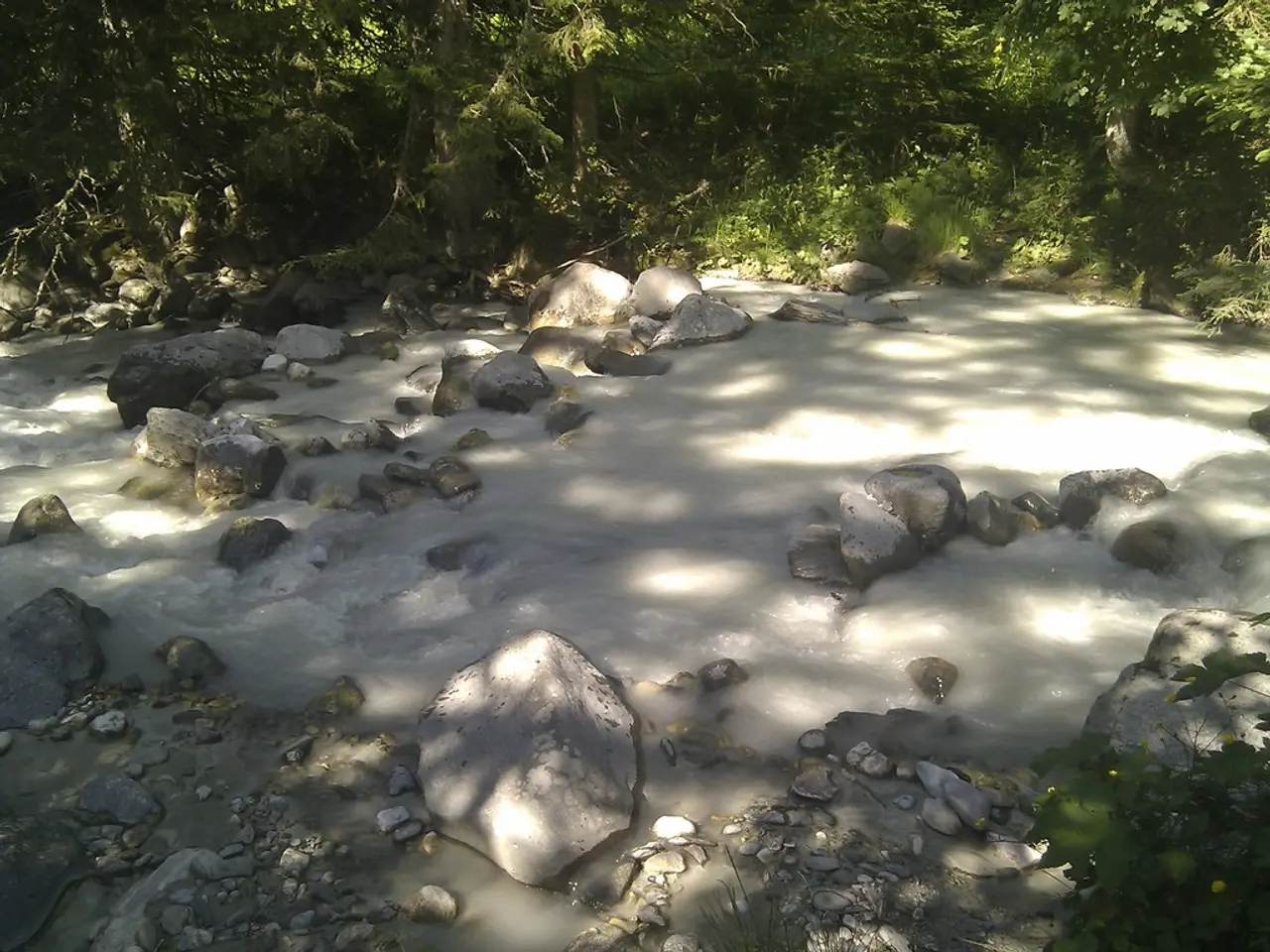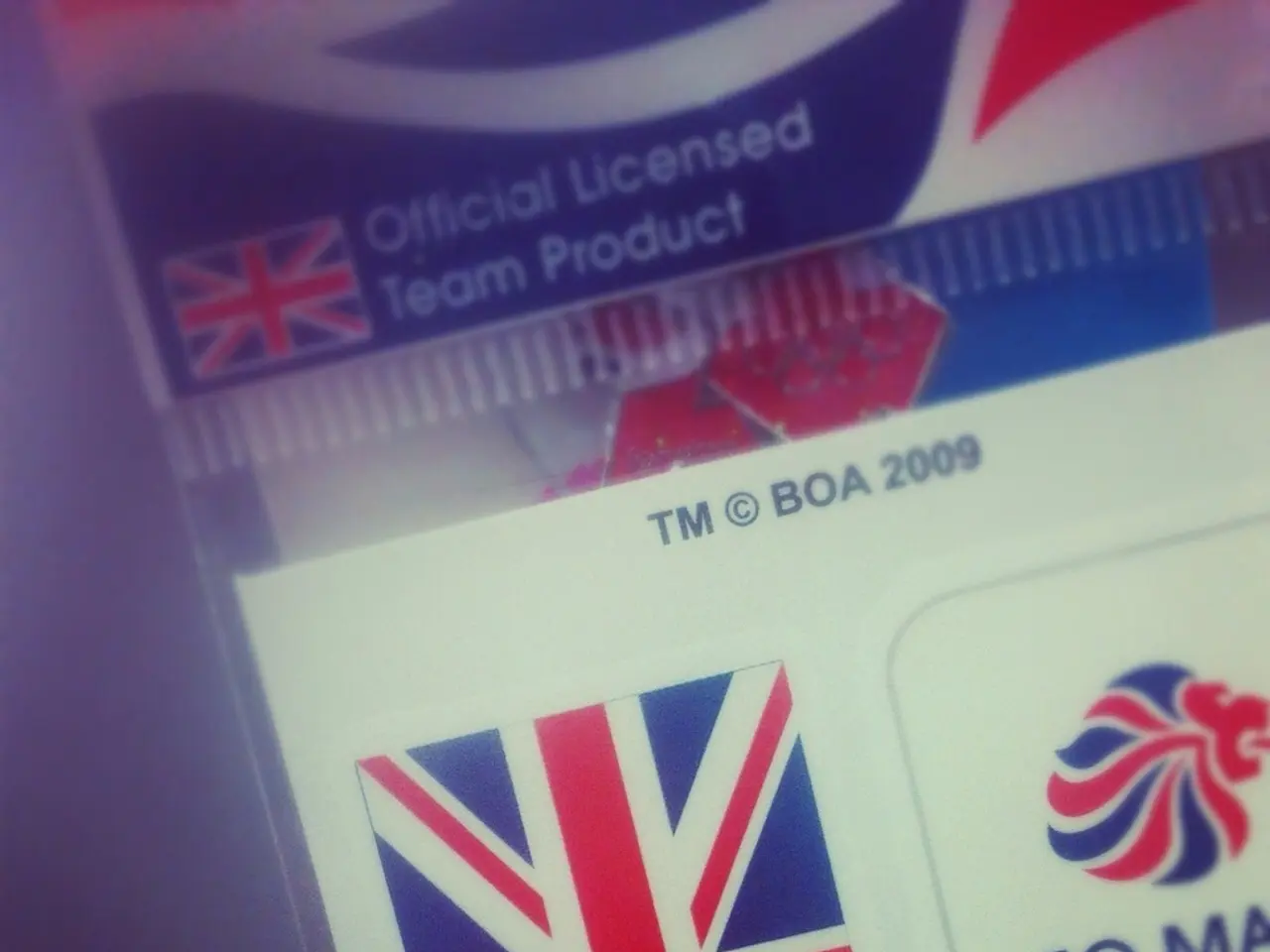Underway in Newfoundland: Second-stage drilling commences by First Atlantic Nickel
In the heart of Newfoundland, Canadian miner First Atlantic Nickel is making waves with its Atlantic Nickel Project. The latest update from the RPM Zone, a unique discovery of awaruite nickel mineralization, showcases significant progress from the ongoing Phase 2 drilling program.
The deepest drill hole to date, AN-25-06, intersected a continuous 447.35-meter interval grading 1.27% awaruite nickel alloy (Ni₃Fe) in magnetic concentrate. This drill hole, located 200 meters east of the previous hole AN-24-05, successfully extends the mineralized zone eastward toward Chrome Pond, increasing the known strike length of mineralization to an impressive 800 meters north-south.
The RPM Zone, a new, large-scale, near-surface discovery, features visible awaruite throughout drilled intervals. Mineralization has been confirmed in all holes drilled so far, occurring in serpentinized ultramafic peridotites and remaining open at depth and in all directions, presenting significant potential for expansion.
The awaruite nickel is magnetically separable, supporting a clean processing pathway for nickel recovery. Peak recoveries have reached up to 81.4% using Davis Tube Recovery (DTR) magnetic separation tests. This eliminates the need for high-temperature smelting, roasting, or high-pressure acid leaching (HPAL), making the Atlantic Nickel Project a promising domestic source for both mining and processing nickel.
The Phase 1 drilling program successfully defined a near-surface mineralized zone measuring approximately 400 m x 500 m. The latest results indicate an average total nickel recovery of 54% based on an initial total nickel grade of 0.24%. The average magnetic nickel concentrate yielded was 1.41% Ni.
Adrian Smith, CEO of First Atlantic Nickel, emphasizes the importance of expanding the known extent of the awaruite discovery at the Atlantic Nickel Project. The project has the potential to become a strategic supply of nickel for North America's critical minerals supply chain.
In summary, First Atlantic Nickel's recent drilling highlights a growing and consistent awaruite nickel mineralized system at the RPM Zone, showing robust grades over very long intervals and expanding the project's footprint significantly. The Phase 2 drilling program is underway to further expand on this discovery, potentially making the Atlantic Nickel Project a significant player in North America's critical minerals supply.
[1] First Atlantic Nickel. (2022). Press Release: Atlantic Nickel Project - RPM Zone Drill Results. [2] First Atlantic Nickel. (2022). Press Release: Atlantic Nickel Project - Metallurgical Testing Results. [3] First Atlantic Nickel. (2022). Press Release: Atlantic Nickel Project - Phase 2 Drill Plan Map. [4] First Atlantic Nickel. (2022). Press Release: Atlantic Nickel Project - Phase 1 Drilling Program Results.
- The success demonstrated by First Atlantic Nickel in the Atlantic Nickel Project, particularly in the RPM Zone, has piqued interest in not only the mining industry but also the finance sector, as significant quantities of magnetically separable awaruite nickel alloy (Ni₃Fe) are recovered, making it a potentially promising investment opportunity for domestic finance.
- With the potential to expand the known extent of the awaruite discovery and become a strategic supply of nickel for North America's critical minerals supply chain, the Atlantic Nickel Project might not only have a significant impact on the nickel industry but also on the energy sector, given the growing demand for clean and sustainable energy sources.




